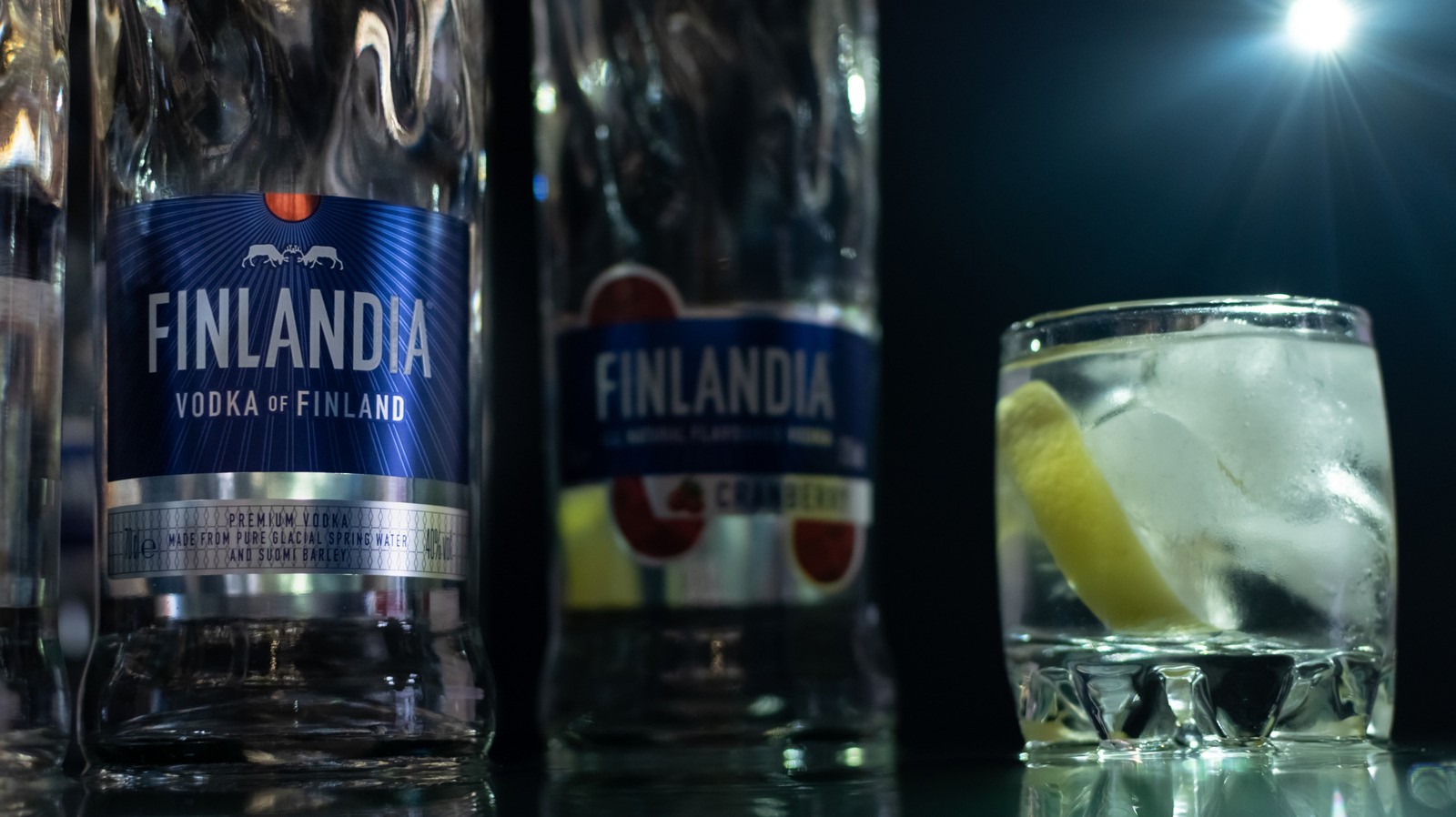Tequila and vodka are two popular spirits served throughout the world. If you’re not a liquor connoisseur, you may know that tequila is often served with salt and limes, and that vodka is typically used in classic cocktails like martinis. But what are the actual differences between these two spirits? They are both clear liquors (though some tequilas can be gold), and are popular choices for mixing into cocktails or sipping on the rocks. However, there are many distinctions between them, and understanding these differences can help you make the best drink choice next time you find yourself at a cocktail bar, or simply want to try your hand at mixology at home.
While vodka and tequila might look similar when poured into a glass side-by-side, they have very different histories, ingredients, and flavor profiles. If you’re in the mood for something clean and crisp-tasting, reach for that bottle of vodka. Conversely, order a tequila for a drink with a peppery bite and complex flavor.
The characteristics of vodka
The most important distinction to understand is the ingredients used in vodka versus tequila. Obviously, this is going to make a significant difference in the taste of the liquor and how you drink it. Vodka originated in Russia and eastern Europe, and early recipes used potatoes or other available grains, which when fermented, produces ethanol (the alcohol component). The only other ingredient used in vodka is water (except for some brands that add flavorings). Today, other grains, such as corn, rye, wheat, or sorghum are used in vodka recipes throughout the world.
Vodka is prized for its neutral flavor, which is why it’s used as a base in so many cocktails, ranging from bloody Marys to cosmopolitans. Consider it a chameleon in the spirits world because it will work with pretty much any flavor profile. You can even infuse it with fresh fruit to level up a mediocre vodka.
What makes tequila different?
Tequila, on the other hand, must be made in certain regions within Mexico to legally be considered a tequila. Some form of this spirit has existed for thousands of years, when ancient Aztecs discovered its pleasantries after fermenting agave — a spiky succulent plant native to the area. Mass production of it began in the mid-1700s, and the world has enjoyed tequila ever since. It is still made from fermented agave, specifically a species of the plant called Agave Tequilana Weber Azul, or Weber’s Blue agave, which has a sweeter flavor profile than other varieties. In general, tequila tastes peppery or earthy, and mixes well with citrus flavors and other spices. This is why it’s used in margaritas and is often served with limes.
Like whiskey, tequila has many subtypes that fall under the tequila umbrella. Aged varieties, such as joven, reposado, añejo, and muy añejo tequilas, are going to have a golden color and oaky undertones due to being aged in old bourbon barrels or oak casks. These types of tequila are often regarded as the best for sipping, since they will have more complex flavor profiles after aging in barrels. Similar to a fine bourbon, you might notice notes of vanilla or caramel in a barrel-aged tequila.






